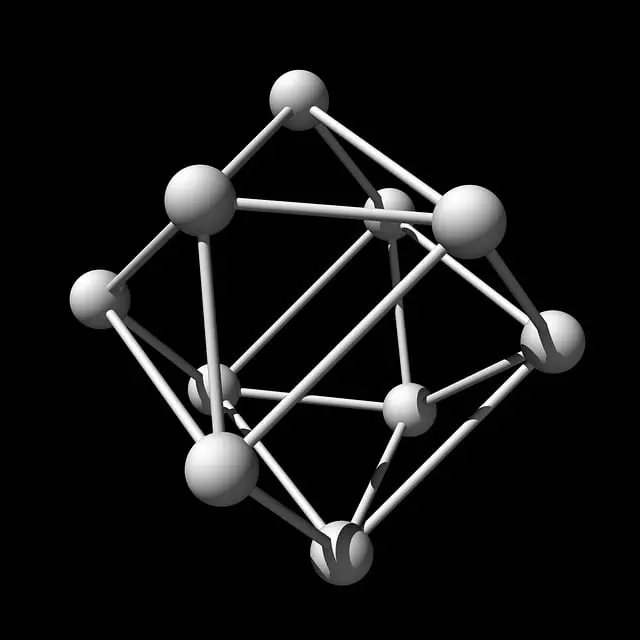Kratom White Maeng Da is being explored as a therapeutic option for managing opioid withdrawal and addiction, valued for its unique alkaloid profile, including mitragynine and 7-hydroxymitragynine, which offer analgesic and stimulant effects without significant euphoria or respiratory risks. Its potential to reduce cravings and alleviate withdrawal symptoms is currently under investigation, with preliminary findings suggesting it could enhance well-being and energy levels, aiding in recovery by encouraging engagement in positive activities and social interactions. However, due to its varied legal status, caution is advised in its use, and it should only be consumed under medical supervision as part of a comprehensive treatment plan that includes behavioral therapies, long-term support, and monitoring for adverse effects. Ongoing research into its efficacy and safety will guide its role in addiction treatment, emphasizing the importance of integrating Kratom White Maeng Da with a holistic approach to recovery that addresses both physical and psychological aspects of addiction. Users are encouraged to stay informed about current findings and legal considerations when considering this strain as part of their recovery journey.
Exploring the therapeutic potential of Kratom White Maeng Da in addiction treatment and recovery, this article delves into its mechanisms, effects, and scientifically-supported efficacy in substance abuse rehabilitation. We will elucidate how this specific strain can be integrated into a comprehensive recovery plan, weighing the risks and benefits while offering best practices for its use. Kratom White Maeng Da stands as a promising tool in the arsenal against addiction, meriting careful consideration in holistic treatment approaches.
- Unraveling the Potential of Kratom White Maeng Da for Addiction Treatment and Recovery: An Overview
- The Science Behind Kratom White Maeng Da: Mechanisms, Effects, and Efficacy in Substance Abuse Rehabilitation
- Integrating Kratom White Maeng Da into a Holistic Addiction Treatment and Recovery Plan: Risks, Benefits, and Best Practices
Unraveling the Potential of Kratom White Maeng Da for Addiction Treatment and Recovery: An Overview

Kratom, a mitragynine-speciosa plant native to Southeast Asia, has garnered attention in the realm of addiction treatment and recovery, particularly with its various strains like the White Maeng Da. This strain is distinguished by its alkaloid profile, which includes mitragynine and 7-hydroxymitragynine, both of which are thought to contribute to its therapeutic potential. In addiction treatment, Kratom White Maeng Da may offer a unique advantage due to its stimulant and analgesic effects, which can help manage withdrawal symptoms and cravings associated with opioid addiction. The strain’s ability to interact with opioid receptors in the brain without triggering the same level of euphoria or respiratory depression as traditional opioids makes it a compelling alternative for those seeking to recover from substance use disorders. Users often report a sense of well-being and increased energy, which can be beneficial in the context of recovery by promoting engagement in structured activities and positive social interactions.
Research into the efficacy and safety of Kratom White Maeng Da for addiction treatment is ongoing, with studies exploring its role in opioid replacement therapy. Preliminary findings suggest that it may aid in reducing opioid cravings and mitigate withdrawal symptoms, potentially improving patient outcomes during recovery. However, it is crucial to approach its use with caution, as the regulatory environment surrounding Kratom remains complex, with varying legal statuses across different jurisdictions. Users should only consider Kratom White Maeng Da under medical supervision, as part of a comprehensive treatment plan that includes behavioral therapies and support for long-term recovery. The integration of Kratom into addiction treatment protocols should be done thoughtfully, considering the individual’s unique health profile and the potential for interactions with other substances.
The Science Behind Kratom White Maeng Da: Mechanisms, Effects, and Efficacy in Substance Abuse Rehabilitation

Kratom White Maeng Da, a specific strain of the mitragyna speciosa plant, has garnered attention in the realm of addiction treatment and recovery due to its potential therapeutic properties. The science behind its effects is rooted in its interaction with the brain’s opioid receptors, providing both stimulant and analgesic effects without the same level of respiratory depression as synthetic opioids. The active alkaloids, mitragynine and 7-hydroxymitragynine, are believed to influence the release of dopamine and serotonin, neurotransmitters associated with feelings of well-being and reward.
In substance abuse rehabilitation, Kratom White Maeng Da is examined for its role in mitigating withdrawal symptoms, which are often a significant barrier to recovery from opioid addiction. Clinical studies suggest that it may offer relief from cravings and anxiety, aiding patients in maintaining abstinence. Its effectiveness is attributed to its ability to modulate the brain’s response to stress and pain without the high potential for abuse and dependency associated with traditional opioids. As research continues, the use of Kratom White Maeng Da as an adjunct to comprehensive treatment protocols is being explored to enhance patient outcomes in addiction recovery programs. Its role in tailored rehabilitation plans, alongside other evidence-based therapies, could provide a promising alternative for those seeking relief from substance abuse and support in their journey towards sustained recovery.
Integrating Kratom White Maeng Da into a Holistic Addiction Treatment and Recovery Plan: Risks, Benefits, and Best Practices

Kratom White Maeng Da, a strain of the Mitragyna speciosa plant, has garnered attention within holistic addiction treatment and recovery plans due to its potential therapeutic properties. Proponents suggest that it may aid in opioid withdrawal symptoms by providing pain relief, reducing cravings, and managing anxiety—key components in recovery from substance use disorders. Its alkaloids, such as mitragynine and 7-hydroxymitragynine, interact with the body’s opioid receptors, offering a natural alternative that can help mitigate withdrawal symptoms. However, it is crucial to approach its integration into treatment plans with caution, considering the regulatory status of kratom in various regions, which varies from legal to controlled substance.
Incorporating Kratom White Maeng Da into recovery should be done under professional medical supervision due to its psychoactive effects and potential for dependence or adverse reactions. Best practices include careful dosing, monitoring for interactions with other substances, and regular evaluation of the individual’s physical and mental health. Additionally, it should complement a comprehensive treatment program that includes behavioral therapies, support groups, lifestyle modifications, and ongoing psychological support. The holistic approach emphasizes the importance of addressing the root causes of addiction and fostering a healthy environment for recovery, which can be supported by the symptom-relieving benefits of Kratom White Maeng Da when used responsibly and as part of a well-rounded treatment strategy. It is essential to stay informed about the evolving research on kratom’s efficacy and safety in addiction treatment, as well as to adhere to legal guidelines and medical recommendations.
In conclusion, the exploration of Kratom White Maeng Da’s potential in addiction treatment and recovery presents a promising avenue for those seeking relief from substance abuse. Its mechanisms, effects, and efficacy suggest a beneficial role when integrated into a comprehensive treatment plan. However, it is imperative to approach its use with caution, considering both the scientific evidence and the best practices for integration within holistic care. As research continues to evolve, the understanding of Kratom White Maeng Da’s role in addiction recovery is likely to expand, offering hope to many affected by this challenge. It remains a tool that should be considered carefully alongside other therapeutic interventions, always with the guidance of qualified healthcare professionals.






